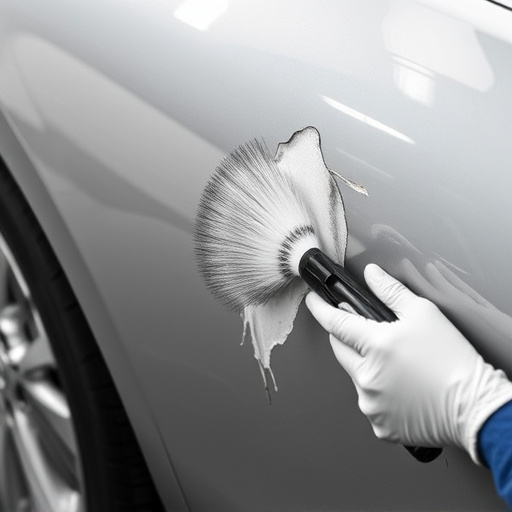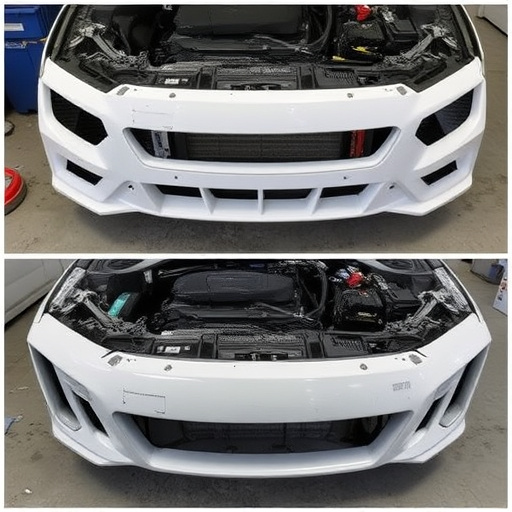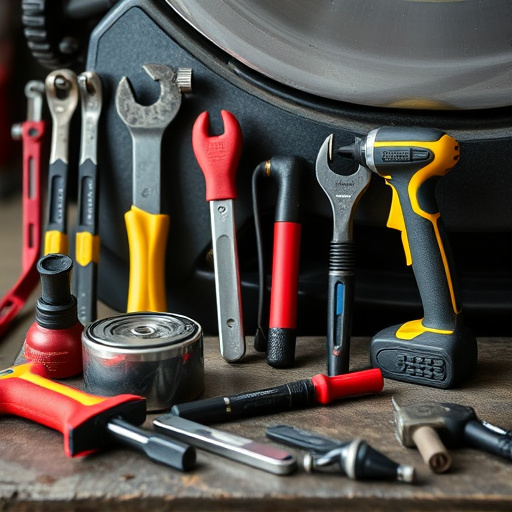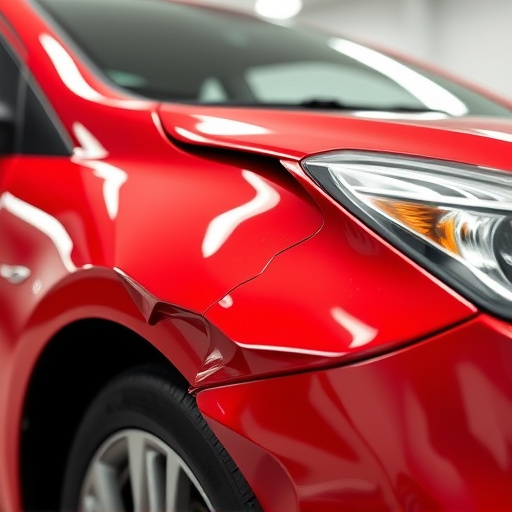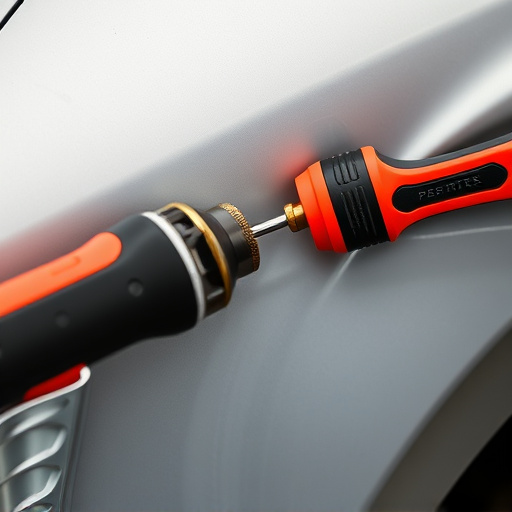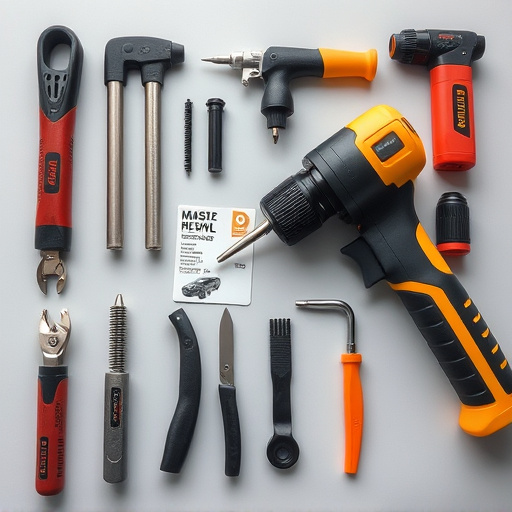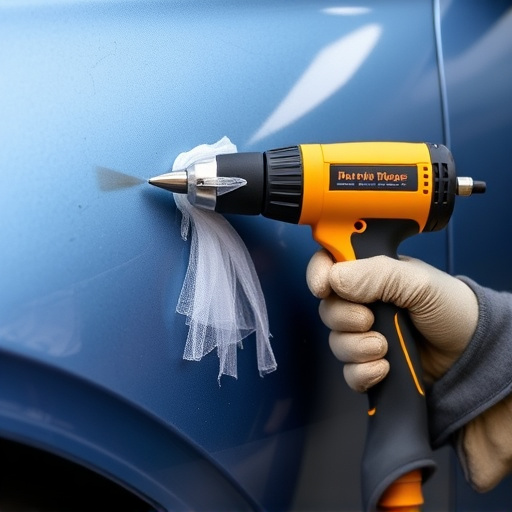Mercedes precision alignment is vital for wheel harmony and road safety. It fine-tunes camber (wheel curve), caster (steering axis tilt), and toe (wheel position) to prevent uneven tire wear, handling issues, and unsafe driving. Professional services offer comprehensive packages, enhancing safety, reliability, and smooth driving for years. Regular adjustments after damage ensure optimal cornering, tracking, and steering control in varying road conditions.
Mercedes precision alignment is a critical aspect of vehicle maintenance that ensures optimal performance and longevity. This article delves into the fundamental settings that underpin a Mercedes’ handling, stability, and wear patterns—camber, caster, and toe. By understanding these adjustments, car owners can enhance their driving experience, improve safety, and reduce long-term costs associated with misaligned wheels. Let’s explore each setting’s impact on your Mercedes’ overall performance.
- Understanding Mercedes Precision Alignment Fundamentals
- Adjusting Camber: Impact on Handling and Wear
- Caster Angle: Enhancing Stability and Steering Response
Understanding Mercedes Precision Alignment Fundamentals
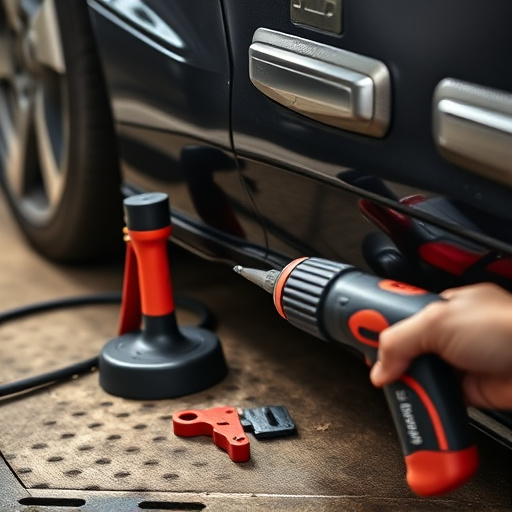
Mercedes precision alignment is a meticulous process that ensures your vehicle’s wheels are perfectly aligned with each other and with the road. This fundamental aspect of vehicle maintenance goes beyond mere visual aesthetics; it directly impacts handling, safety, and tire life. Understanding the basics of Mercedes precision alignment begins with recognizing key settings: camber, caster, and toe. Camber refers to the angle between a wheel and the vertical when viewed from head-on, while caster describes the angle between the wheel’s mounting surface and a line passing through the vehicle’s center of gravity. Toe settings, meanwhile, involve adjusting the position of each wheel relative to the vehicle’s centerline.
Proper alignment is crucial for maintaining these settings. Improper alignment can lead to uneven tire wear, handling problems, and even unsafe driving conditions. Fortunately, professional vehicle repair services, including specialized automotive collision repair shops, offer Mercedes precision alignment as part of their comprehensive maintenance packages. This ensures that your vehicle not only drives smoothly but also remains safe and reliable for years to come, minimizing the need for costly scratch repair or other related issues.
Adjusting Camber: Impact on Handling and Wear
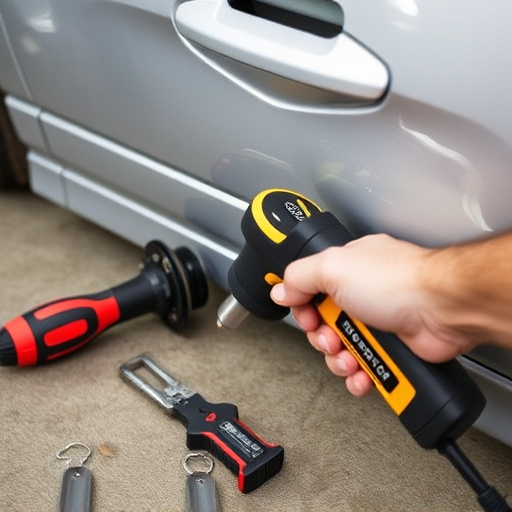
Adjusting camber is a critical aspect of Mercedes precision alignment, directly impacting both vehicle handling and tire wear. Camber refers to the angle at which the wheels are tilted inward or outward from the centerline of the vehicle. Positive camber means the wheels curve inward, while negative camber causes them to curve outward. The ideal camber setting depends on various factors, including driving style and road conditions.
Proper camber ensures optimal contact between tires and the road surface, enhancing cornering capabilities and stability. However, excessive or incorrect camber can lead to uneven tire wear, with more strain on one side of the tread. This not only reduces tire life but also compromises safety as it can affect steering precision. Therefore, when considering auto repair near me or collision repair services for your Mercedes, ensure that skilled technicians address the camber settings to maintain peak vehicle performance and extend the lifespan of your vehicle’s bodywork.
Caster Angle: Enhancing Stability and Steering Response
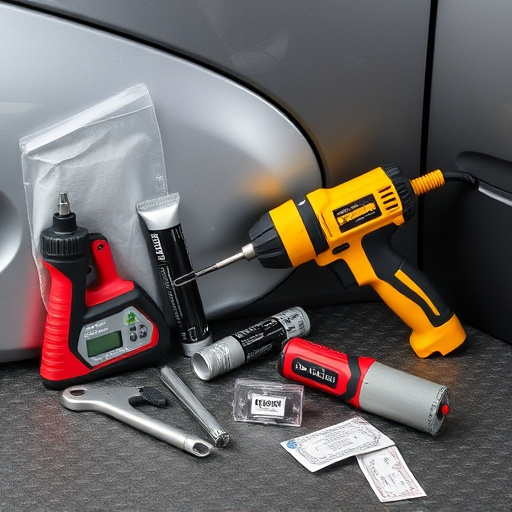
Mercedes precision alignment is a meticulous process that fine-tunes several critical settings to ensure optimal vehicle performance and safety. One such crucial setting is the caster angle, which plays a pivotal role in enhancing stability and steering response. Caster, measured in degrees, refers to the angle at which the steering axis tilts towards the wheel when viewed from above. A well-calibrated caster angle allows for smoother cornering, improves vehicle tracking, and provides more responsive steering control.
In the event of hail damage repair or collision repair services, where misalignments may occur due to impact, adjusting the caster angle is essential. Proper settings ensure that your Mercedes handles predictably and safely on the road. This precision alignment technique, along with regular maintenance, contributes to a seamless driving experience, making it an integral part of vehicle care, especially when dealing with car repair services or navigating through challenging road conditions.
Mercedes precision alignment is a critical aspect of maintaining optimal vehicle performance. By meticulously adjusting camber, caster, and toe settings, drivers can experience enhanced handling, reduced tire wear, improved stability, and better steering response. These adjustments ensure the car tracks straight, handles nimbly in corners, and maintains even tire treads, contributing to both safety and enjoyment on the road.
